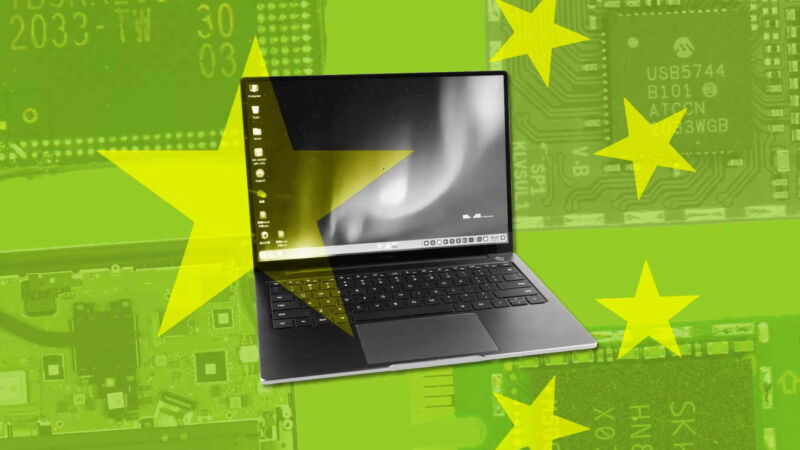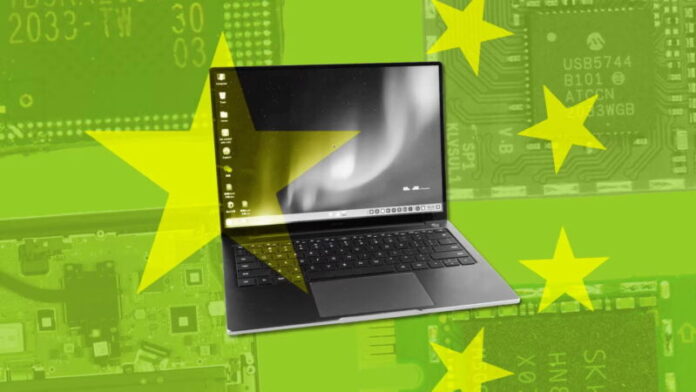
Enlarge (credit: FT)
China’s demand that the public sector step up use of domestic semiconductors can best be seen within Huawei’s Qingyun L540 laptop.
The “safe and reliable” device features a self-designed processor and a Chinese-made operating system, having stripped out foreign-made components and software as much as possible.
The computer, which is being snapped up by governments and state groups across the country, has become the signature model of China’s localization campaign known as Xinchuang, or “IT application innovation.”
Read 24 remaining paragraphs | Comments
Ars Technica - All contentContinue reading/original-link]




